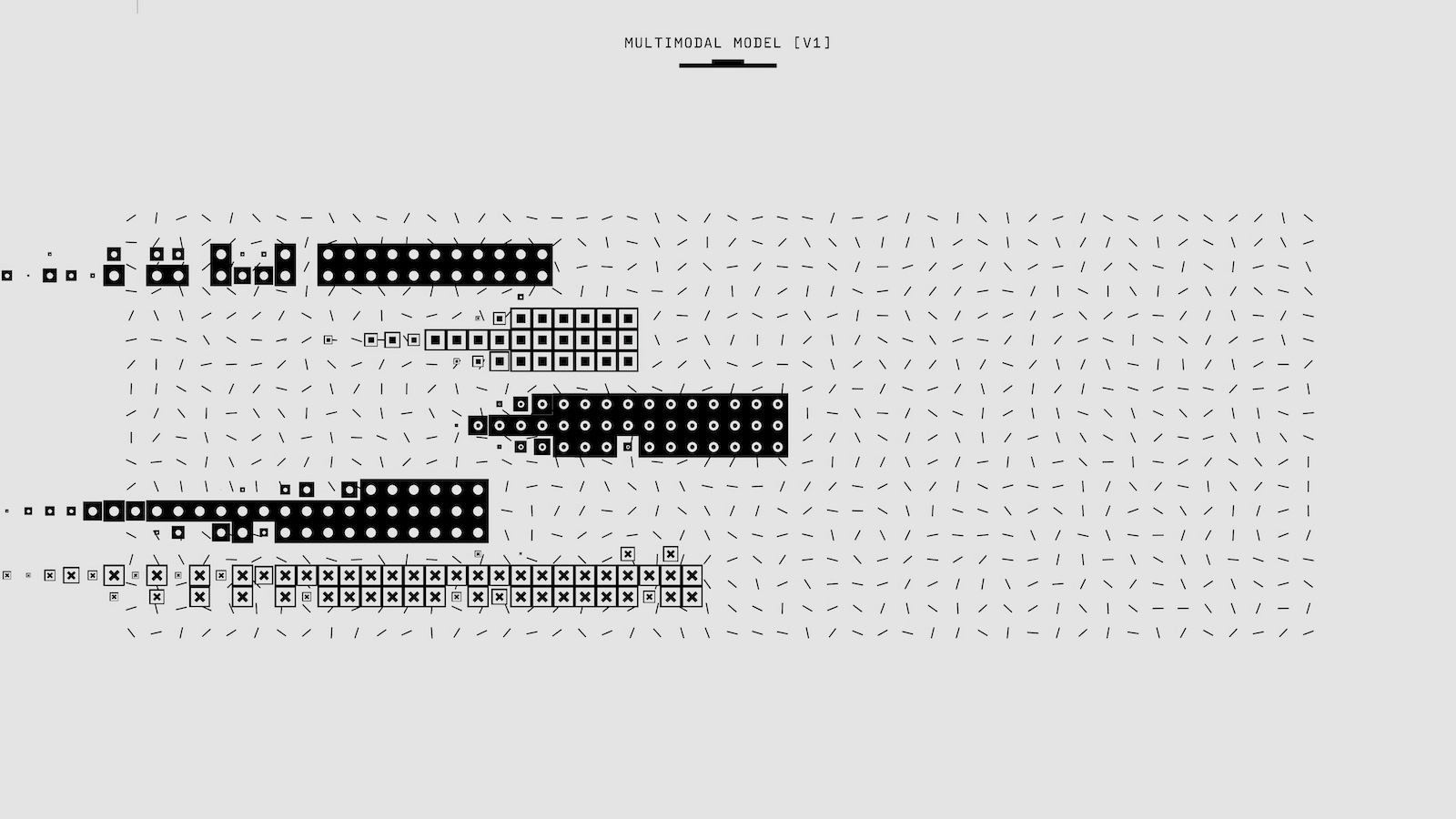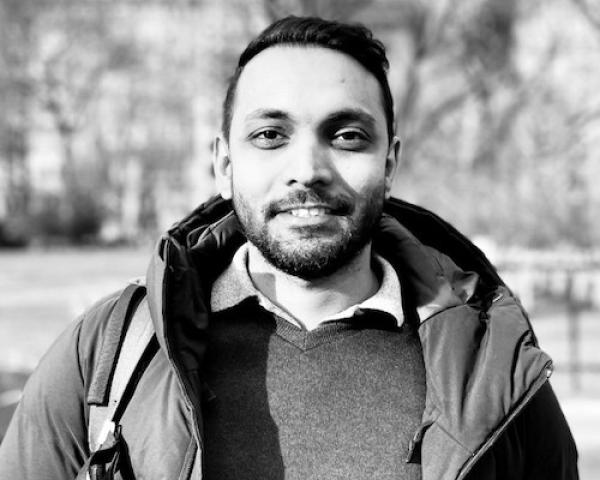As automation, APIs, and smart contracts redefine how policies are issued, one of the industry's most enduring artifacts — the binder — may quietly fade into history.
As an underwriter, I've long moved through the familiar insurance life cycle: submission, rating, booking, quote, binder, issuance, renewal, and endorsement.
It's a rhythm every underwriter knows well. But a simple question recently crossed my mind:
What if automation doesn't just reimagine this cycle — but erases one of its oldest steps, the binder?
Why the Binder Might Fade Away
For more than a century, the binder has played a vital role in confirming temporary coverage while the final policy is prepared. It served as a bridge between intent and issuance — a necessary pause in a largely manual, paper-driven process.
But as the industry embraces artificial intelligence, automation, blockchain, and smart contracts, that bridge may no longer be needed.
Today, the binder stage often adds delays, introduces manual errors, and requires repetitive back-and-forth between carriers, brokers, and clients. In a future where risks are assessed, priced, and bound in real time, does this interim step still make sense?
From Temporary Coverage to Instant Issuance
Imagine a world where:
- AI-powered underwriting engines evaluate submissions and generate quotes instantly.
- Blockchain-backed systems securely record client data and policy terms.
- Smart contracts automatically trigger issuance once a quote is accepted.
- Dynamic endorsements adjust coverage midterm when specific parameters are met.
In this model, the policy itself becomes immediate, removing the need for a traditional binder.
Some insurtechs, such as Lemonade and Cover Whale, are already experimenting with real-time issuance and policy management models that compress binding and issuance into one seamless transaction.
Unified Client and Coverage IDs
One innovation that could make this reality possible is a unified client identity system — a blockchain-secured digital ID for every insured individual or entity.
Every coverage, transaction, and claim could be linked to that identity, simplifying servicing, audits, and compliance while dramatically improving fraud detection.
However, for such a framework to work, the industry would need common data standards and regulatory alignment — significant hurdles that will take time and collaboration to overcome.
Still, the payoff could be transformative: a frictionless, verifiable insurance experience from application to claim.
Brokers and Agents: From Issuing Authority to API Authority
This evolution doesn't replace brokers and agents — it redefines their value.
Instead of operating with issuing authority tied to individual carriers, brokers could gain what I call "API authority."
Through standardized application programming interfaces (APIs), they could quote, bind, issue, and manage policies across multiple insurers in a single environment.
Imagine a brokerage platform connected to 10 carriers simultaneously, comparing quotes, binding coverage, and issuing policies in minutes — all through secure APIs.
This shift would make distribution faster, more transparent, and far more client-centric, turning brokers into technology-enabled advisors rather than transactional intermediaries.
Personal AI Agents Managing Coverage
Looking ahead, we may even see AI-powered personal insurance assistants managing coverage on behalf of clients:
- Monitoring lifestyle or business changes
- Suggesting coverage adjustments
- Comparing premiums and initiating claims
- Negotiating renewals through secure APIs
In such a world, these AI agents wouldn't just handle renewals — they could also bind coverage instantly based on verified data streams, removing human latency from the process altogether.
Is the Binder Really Going Away?
Maybe. Or maybe it will evolve into a new digital verification layer embedded within automated issuance systems.
Either way, the binder's traditional purpose — to bridge time and uncertainty — is being challenged by technology that eliminates both.
Whether the binder disappears or evolves into a digital handshake, its transformation will signal something bigger — an industry finally unburdening itself from paper-era pauses to embrace true, data-driven immediacy.
As automation deepens its roots, we should all be asking: What other legacy steps might quietly evolve or fade next?






















